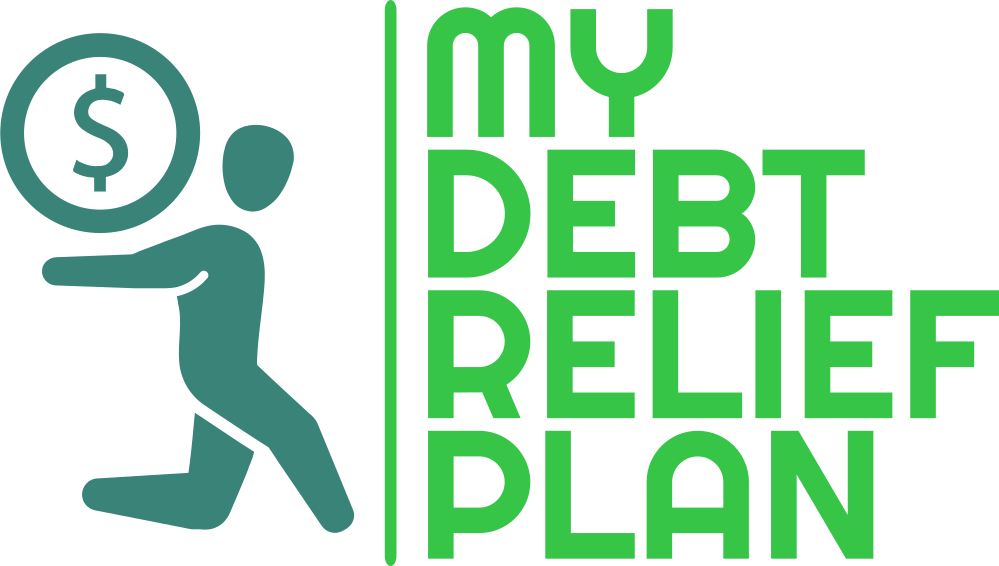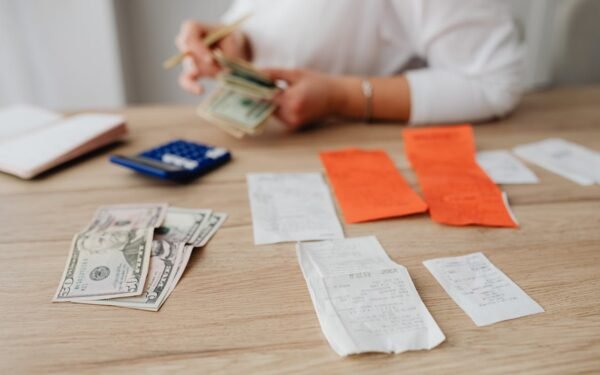From Overspending to Frugal Living: My Journey to Financial Freedom
Do you ever wonder where all your money goes each month? I used to ask myself the same question as I struggled to make ends meet despite earning a decent salary. I was overspending, living paycheck to paycheck, and drowning in debt. My finances were a mess, and so was my peace of mind.

Eventually, I realized enough was enough. I made a conscious decision to transition from reckless spending to intentional, frugal living. That decision not only helped me escape the paycheck-to-paycheck lifestyle—it led me to true financial freedom. This is my story, and if you’re in a similar place, I promise: you can change your life too.
Contents
The Trap of Overspending
Like many people, I fell into the trap of lifestyle inflation. As my income increased, so did my spending. I justified unnecessary purchases with phrases like “I deserve this” or “I’ll pay it off later.” The biggest culprits?
-
Daily coffee and takeout lunches
-
Impulse online shopping
-
Unused subscription services
-
Frequent nights out
-
Last-minute vacations booked on credit
What seemed like harmless indulgences added up quickly. Before I knew it, I had racked up over $10,000 in credit card debt and had little to no savings. It was exhausting trying to stay ahead of bills. I was constantly stressed, anxious, and ashamed.
The Wake-Up Call
One evening, I looked at my finances and realized I had no plan, no cushion, and no control. I was living beyond my means with nothing to show for it but stress and debt. I couldn’t ignore it any longer. That night, I promised myself I’d learn how to manage money responsibly and reclaim control over my financial life.
Step 1: Understanding Where My Money Was Going
The first step in my frugal living journey was tracking every dollar. I used budgeting apps and spreadsheets to list all my income and expenses. I categorized everything and, for the first time, saw just how much I was spending on things I didn’t need.
It was eye-opening.
From there, I created a zero-based budget, assigning every dollar a job—whether it was rent, savings, groceries, or debt. This method forced me to be intentional with my spending and gave me a framework to operate within.
Step 2: Embracing Frugal Living (And Loving It)
Frugal living isn’t about deprivation; it’s about making smart, value-driven decisions. I didn’t stop enjoying life—I just found cheaper and more meaningful ways to do it.
Here’s what changed:
-
Cooking at home: I saved hundreds per month and discovered a love for meal prep.
-
Secondhand shopping: Thrift stores and Facebook Marketplace became my go-to for clothes and furniture.
-
Free entertainment: Parks, hiking, and community events replaced expensive nights out.
-
DIY everything: From cleaning products to home decor, I began making things myself.
Cutting costs became a game. The more I saved, the more empowered I felt.
Step 3: Tackling Debt Head-On
I used the debt snowball method—paying off my smallest debts first while making minimum payments on the rest. Each time I knocked out a balance, I felt more motivated to keep going. Within two years, I was completely debt-free.
I also negotiated lower interest rates and transferred high-interest balances to 0% APR credit cards when possible. Every decision was made with one goal in mind: eliminate debt fast.
Step 4: Building an Emergency Fund
After becoming debt-free, I focused on building a three to six-month emergency fund. I treated it like a non-negotiable bill. I put any windfalls—tax refunds, bonuses, gifts—directly into savings.
This fund gave me peace of mind. No more panic over surprise expenses like car repairs or medical bills. I was finally prepared for life’s inevitable curveballs.
Step 5: Investing for the Future
Once I had savings, I turned my attention to long-term financial security. I opened a Roth IRA and started contributing to my employer’s 401(k). I also learned about index funds and compound interest.
Even modest investments added up over time. I shifted from living for the moment to planning for the future—and it felt amazing.
The Mindset Shift That Changed Everything
The most profound change wasn’t in my bank account—it was in my mindset. I stopped seeing money as something to spend and started seeing it as a tool for freedom and security.
I stopped comparing my lifestyle to others and embraced minimalism. I discovered that happiness doesn’t come from stuff—it comes from peace of mind, stability, and purpose.
Life After Overspending
Today, I live within my means, save consistently, and never stress about unexpected expenses. I’ve reached a place of financial independence where I can make choices based on values, not desperation.
I travel (with cash), give generously, and sleep better knowing I’m in control. Most importantly, I’ve built a life that feels abundant—not because of what I buy, but because of what I no longer owe.
Final Thoughts: You Can Do This Too
If you’re stuck in the overspending cycle, know this: you’re not alone, and you can break free. You don’t need a massive income to start—just discipline, awareness, and a willingness to change.
Start here:
-
Track your expenses for one month
-
Create a realistic, zero-based budget
-
Cut just one non-essential expense this week
-
Start building an emergency fund—even if it’s just $10/month
-
Begin learning about simple investing options
Every small step matters. Frugal living isn’t about being cheap—it’s about being intentional. And financial freedom isn’t a fantasy—it’s a journey, one you can start today.


